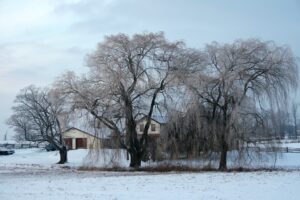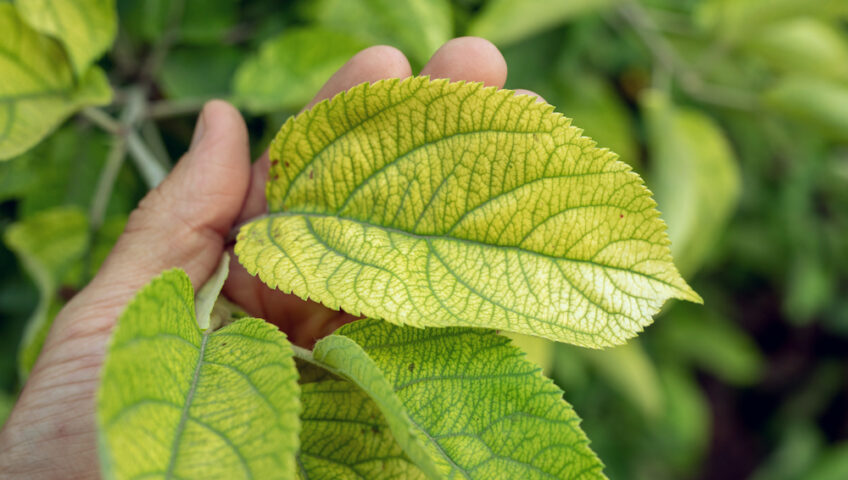While all states experience a fluctuation in climate across the four seasons, Minnesota’s seasonal changes tend to be more extreme than in many other states. From hot, dry summers to cold, snowy winters, the climate in Minnesota can be tough on trees. If you want your trees to thrive year after year, there are some basic maintenance tasks you may need to perform each season.
Do you want to learn how to provide your trees with proper care across all four seasons in Minnesota? Continue reading for some great seasonal tree care tips.
 Seasonal Tree Care Tips
Seasonal Tree Care Tips
- Spring – The aftermath of winter can leave trees in a vulnerable state as their period of dormancy ends and they need to begin absorbing more water and nutrients again. This makes spring arguably the most important season for proactive tree care in Minnesota. You would do well to apply fertilizer to your trees in spring to help them bounce back and stay healthy until next winter. It may also be a good idea to lay down fresh mulch around your trees to replace mulch that was stripped away by the snowmelt. With many tree diseases and pests becoming active once again during spring, you might need to treat certain trees on your property to shield them against these threats.
- Summer – During summer, the greatest threat faced by trees in Minnesota is drought. Any young or newly planted trees will need to be watered on a regular basis to make sure they get the nutrients required to endure through the dog days of summer. Make sure new trees get 10-15 gallons of water per week. Mature, long-standing trees may also need to be deep watered if weeks pass without rain. Summer is also a great time for pruning to help shape your trees the way you want them to look and remove unsightly or damaged branches.
- Fall – With winter approaching, fall is an important season for tree health care in Minnesota. You’ll need to prepare your trees for the hardships of winter, and this means watering them and fertilizing them to help them maintain their good health during the upcoming period of dormancy. Because the leaves drop from your trees in fall, it becomes easier to notice signs of pests and disease. Inspect your trees during fall to see if there are any issues you need to address. Prune off individual branches that show signs of damage or disease.
- Winter – Between heavy snow accumulation on branches and extreme cold temperatures, winter is the most perilous time for trees in Minnesota – but it can also be a great time for tree health care. Because trees have lost their foliage in winter, they are particularly vulnerable to sunscald, a condition which results in damaging bark loss. If you have newly planted trees on your property, wrap their trunks in white plastic to shield them from sun exposure. Since insects and fungus are dormant during winter, it can actually be an excellent time to trim your trees. You won’t have to worry about removed branches leaving your trees vulnerable to an infestation. Trimming and pruning your trees in winter helps to prepare them for new growth in spring.
A Trusted Tree Care Company for All Seasons in MN
Working with a team of trusted tree care experts will allow you to keep your trees in excellent health all year long. Give Pro-Tree Outdoor Services a call today if you’re interested in year-round tree health care services in the greater Twin Cities area!


Write a Comment